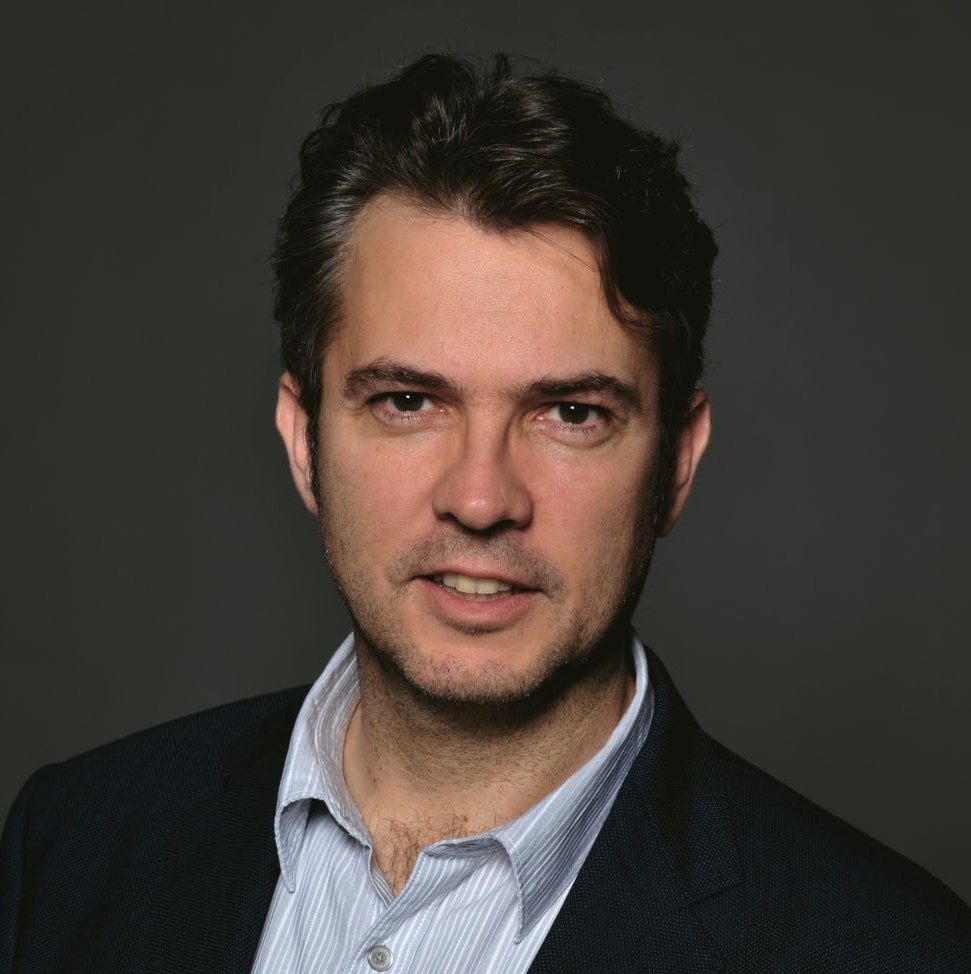SURYA.CO.ID, CITY OF SURABAYA – The issue of waste management is always a common job for the people of Surabaya. Wanting to invite all parties to contribute, the Zero Waste community organized a campaign to stop using disposable cutlery on Sunday (26/2/2023).
This event was held in a series of commemorations of Waste Awareness Day 2023 (celebrated every February 21). Not alone, Surabaya Zero Waste Community collaborates with Bin Bag Community, Adiwiyata School and Zero Waste Village and Climate Village.
“We call on the government of Surabaya to ban the use of single-use plastic cutlery,” said Surabaya Zero Waste community coordinator Wawan Some after the event.
At the Car Free Day event at Jalan Darmo Surabaya, they told the public about the dangers of disposable cutlery. “In addition to the number which continues to increase dramatically, the type of polystyrene plastic used can be hazardous to human health,” Wawan explained.
Citing a number of sources, Wawan revealed that the amount of cutlery waste has increased in Surabaya. “A year, 28,266 tons of disposable tableware are disposed of at Benowo’s TPA (final processing site),” Wawan said.
Food equipment waste is part of plastic waste. In Surabaya, the amount of plastic waste is quite dominant compared to other types. According to data from Surabaya City Environment Service (DLH), the waste entering Benowo TPA per day reaches 1,600 tons.
Meanwhile, citing ITS Environmental Engineering Team study in 2021, plastic waste at TPA Benowo Surabaya increased to 22%. “This means that 352 tonnes of plastic waste enters the Benowo landfill every day,” he said.
If detailed, several types of plastic fall into the category of waste. These include plastic bags (27%), disposable plastic cutlery (18%), nappies/napkins (17%), drink bottles (14%) and plastic packaging (8%) .
Even though it is reclassified, disposable cutlery consists of spoons, forks, knives, plates, straws and glasses. The number tends to increase. “Plastic waste for disposable cutlery in Surabaya can reach 77.44 tons or 28,266 tons per year,” he explained.
According to Wawan, the high production of plastic waste from cutlery is also due to lifestyle. Considered more convenient, the use of disposable cutlery tends to be an option. In fact, several countries around the world have started banning the use of this type of equipment. For example, England, Scotland, Wales, Canada to Hong Kong.
Wawan explained that using disposable cutlery could harm the environment. This is because they are difficult to break down. He explained, in general, that this material is made of a type of polystyrene plastic. “Polystyrene can be recycled, but it has to go through a long process and it takes a long time,” Wawan added.
Polystyrene is an aromatic polymer that can release styrene when the food/beverage comes into contact with the container. In addition to having a negative impact on the environment, its use can also have a negative impact on health.
Styrene can cause disruption of estrogen, a female hormone. As a result, it can affect reproductive issues. Styrene may also interfere with brain health, growth, and the nervous system. “Styrene is a material that should be avoided because it is harmful to human health,” he said.
Therefore, he hopes it can become a common understanding. “We urge all parties to be aware. Not only the government, the public must also understand this danger,” he said. *****

“Professional communicator. General music practitioner. Passionate organizer. Evil twitter fan.”






